

SPPARC was founded by Trevor Morriss just over ten years ago. The practice has a diverse and exciting portfolio of high-quality architecture and masterplanning projects across the city, many of which are situated in historic conservation areas.
What became immediately clear from my discussion with Trevor, the Studio Manager Serena Woodhouse and one of the architects at the practice Bryan Ratzlass was the team's innate curiosity for people and place. Each project is thoroughly researched, not out of duty but because they are passionate about the history and context of the site they are working on. 145 Kensington Church Street, for example, has an ingenious façade that cites the unique candle-making heritage of the area, a source of inspiration from the past and means to create a legacy for the future.
I popped into their very unique studio, which they designed themselves, to find out more about what it’s like to work at SPPARC.
Location?
Fitzrovia
When did the practice start?
2007. Ten years last year. We keep saying we are going to have a big party but we haven’t found the time yet! We are quite a social practice anyway though so, we have had a few impromptu parties along the way!
How many staff?
30

Company ethos?
My background is quite interesting, I did all my studying part-time. I was working at Jones Lang LaSalle, which is a very interesting place for an architect to be but I was doing that to learn the commercial side of the business while I was getting my design juices flowing at college.
Without compromising on the architecture, I’d say that we are signature architects with a commercial understanding. I do think is it a quite unusual thing but quite a potent thing and I think it has been our success. We release value but create, we like to think, some quite interesting buildings.
Has that ethos changed over time?
Absolutely the same ethos we started out with but what has changed is that we have been given the opportunity to deliver that. We have become very skilled at looking at a site, understanding it difficulties and constraints and turning those into opportunities. Having that understanding, means we create more value and rather selfishly create better buildings.
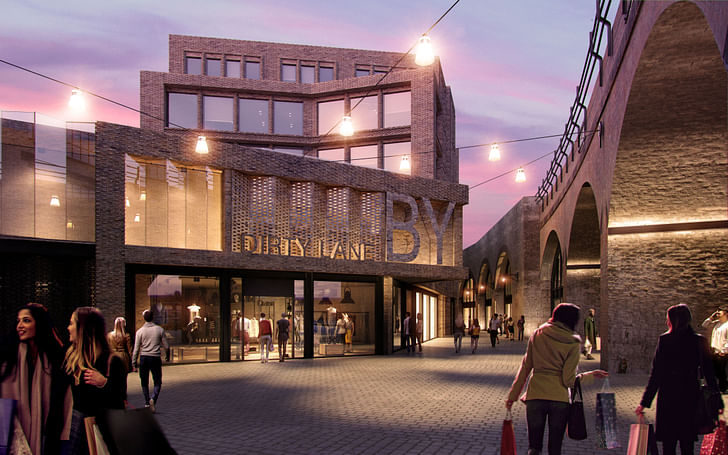
Current projects?
We have just finished a new music campus at London College of Creative Media, called The Music Box. We recently won an Evening Standard award for the project which we are really happy about. There is actually a musical score detailed into the facade which if the music box did spin on its axis, it would play White Room by Cream.
We recently finished 145 Kensington Church Street in the middle of the Kensington Conservation Area which we are very proud of. It co-habits with a very traditional street and should feel alien but actually works really well in its setting.
Currently, we are delivering Borough Yards, a scheme which is next to Borough Market. Weaving through a few streets are retail, commercial and cultural spaces. Repurposing the old arches, creating five new buildings, five new interventions, we have created new architecture while still working with the traditional masonry brickwork originally there. It is currently onsite at the moment and will be finished in 2020.
We are also working on the regeneration of Kensington Olympia along Heatherwick Studio, which is keeping us very busy, and we are also working on 1000 homes across a number of projects, including affordable housing. We are looking at how we can create high volume housing while still having good quality architecture, that is contextually valuable.
BR: I have really enjoyed working on Olympia, even though we just submitted it, it is still very much in my mind. It is a very unique project.

You have a very unique studio space, did you design it yourself?
When we took on the building it was very much a townhouse and was still residential on the top two floors. We wanted our own front door, and the ethos of the practice isn’t one of growing, so it isn’t that in five year’s time we want to be 60 or 80 or 100 people, 30 is where we feel comfortable, a townhouse seemed the best way of doing that. We tried to consider how we could create an open space where we could all sit together; creating the split levels, the open voids meant that everybody could see each other and be able to work collectively in one environment. Then on the upper floors, we created meeting rooms, team rooms, workshops, a kitchen, places where you can just take yourself away and have thinking time.

Favorite part of the studio?
The workshop. I love going up to the workshop because as soon as I go up there I feel like there is a bit of a disconnect and therefore it allows a bit of thinking time. Whilst we are a very creative team of architects that are very modern I still like making models out of Balsa wood!
SW: I like the view from Trevor's office, looking out into the rest of the studio space, I’ve never seen anything like it before, it is very unusual but, it’s nice because everything is open.
BR: My desk actually! It is a great spot in the office, I’ve got Trevor in earshot, I can hear conversation downstairs, I’ve got my colleague Barbara next to me, I can get on with my work but also have lots of people around me.
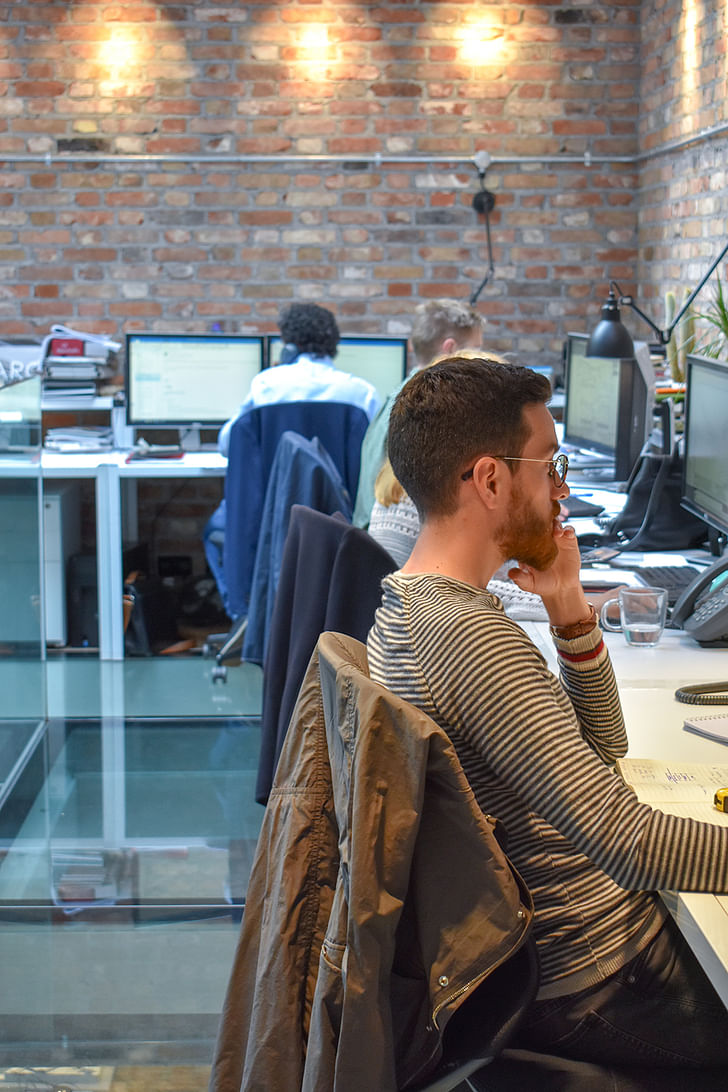
Favorite nearby coffee shop?
TM: It has to be Gail’s next door. Not just for the convenience but a) they are very nice people and b) they make brilliant cakes.
SW: Gail’s!
BR: Gail’s!
Favorite Pub?
TM: There is a new one that has just opened up around the corner, The Newman Arms and we really like it there. Good beer, good gin, good pulled pork!
Do you eat lunch together?
TM: We do, every day. It is not enforced but the team all end up going to the top floor where there is a big table (which also doubles as a table tennis table).
Pets allowed?
TM: Yes, we did until quite recently have a SPPARC cat, little Saffie, unfortunately, she is no longer with us. We do now have Mr. Perkins who doesn’t live here but is a regular visitor.
Most played song/artist/musician in the studio?
TM: Beatles every day of the week and that is something I do impose on people! We are also radio fans so often have that on too.
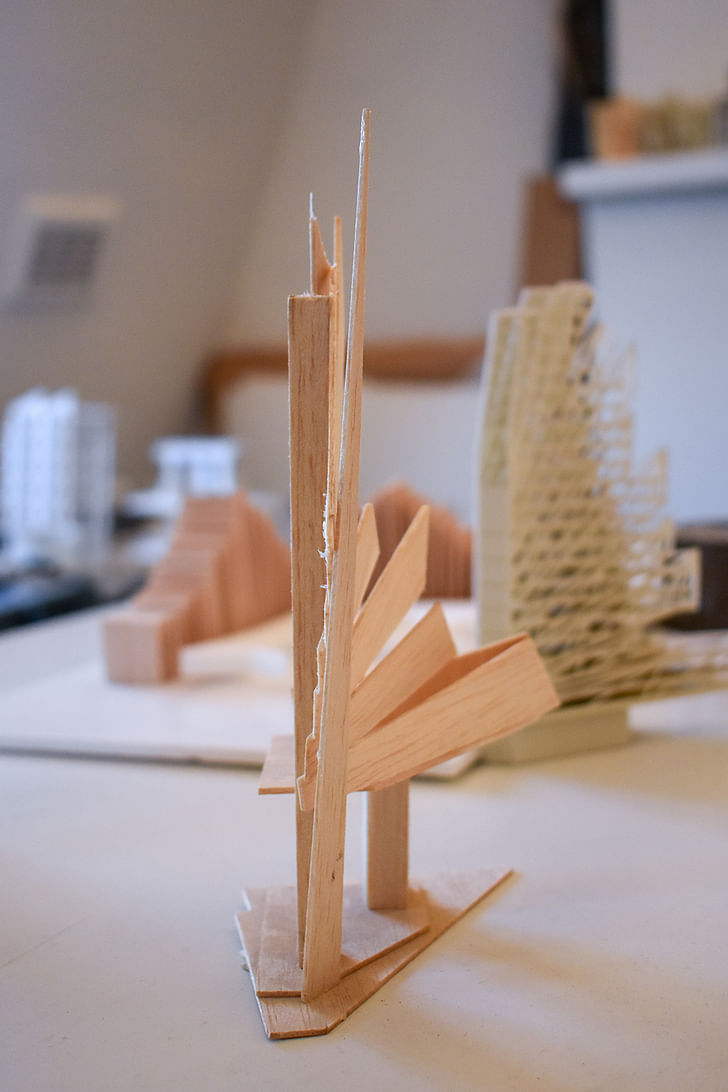
Architect/Architectural style you look up to?
TM: We take lots of influences. It isn’t as if we look at a style and say ‘ah we want to be doing that’. Our architecture tends to be more contextually based and we redefine the architecture for every project so, there isn’t a house style. We do appreciate a lot of different mediums and styles though, I am very into arts and crafts at the moment because we are working on heritage projects so looking backward to traditional styles rather than forward. It's just something that is very relevant to a lot of the projects we are working on, they tend to be of a certain period and have certain qualities and I think it is those qualities that we are thinking, actually, they got it right then and we should be taking on some of that influence. But, it changes all the time, that is not necessarily the answer I would have given you a year ago.
BR: Rem Koolhaas and Bjarke Ingels. Their methodology at looking at a project; their diagrammatic sense, heavy on how programmes play together, a very macro scale to start a project off, I am always quite drawn to them. Rem Koolhaas is probably the architect of our generation.
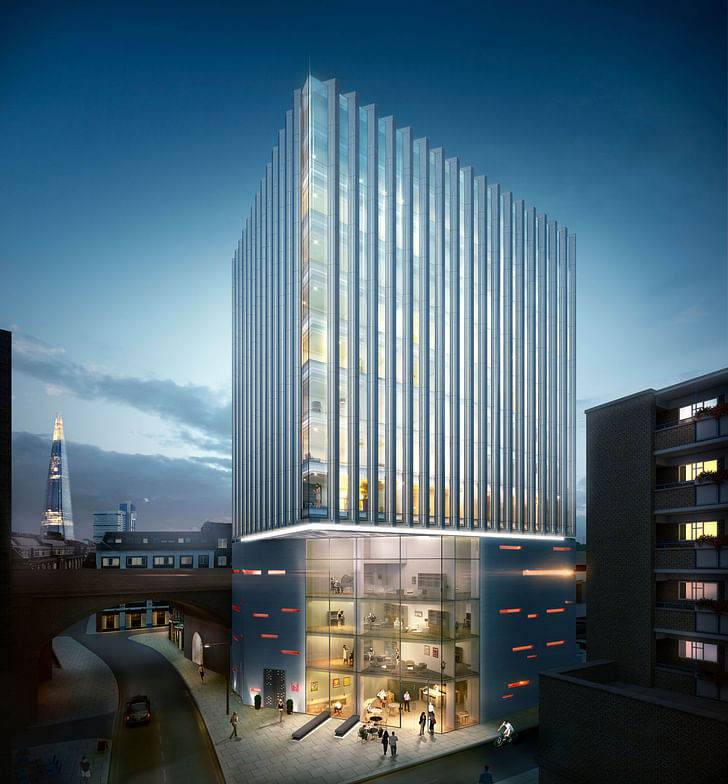
Favorite building in London?
TM: Hopkins extension to Bracken House in the city. It is just a really really clever building, it is not trying to be anything other than sympathetic to its context and it's just beautifully detailed and beautifully crafted. I just think it is a stunning building, it was finished in the late 80’s and it could have been delivered last week.
SW: Where I live in Barnet there is an old cinema that they have turned into an Everyman Cinema. It is an original 1920’s cinema and they have restored it to its original grandeur. It is my favorite place in the whole world!
BR: (without hesitation….) Lloyds of London
Favorite building you have designed?
TM: The next one! I think it is very rare to look back on your buildings and think you wouldn’t change anything, there is always something you would have done differently. But, I have loved working on them all.
SW: The Music Box, it is very unique and I particularly like the detail of the musical score.
BR: Olympia. The scale of Olympia is something you will remember for the rest of your life.
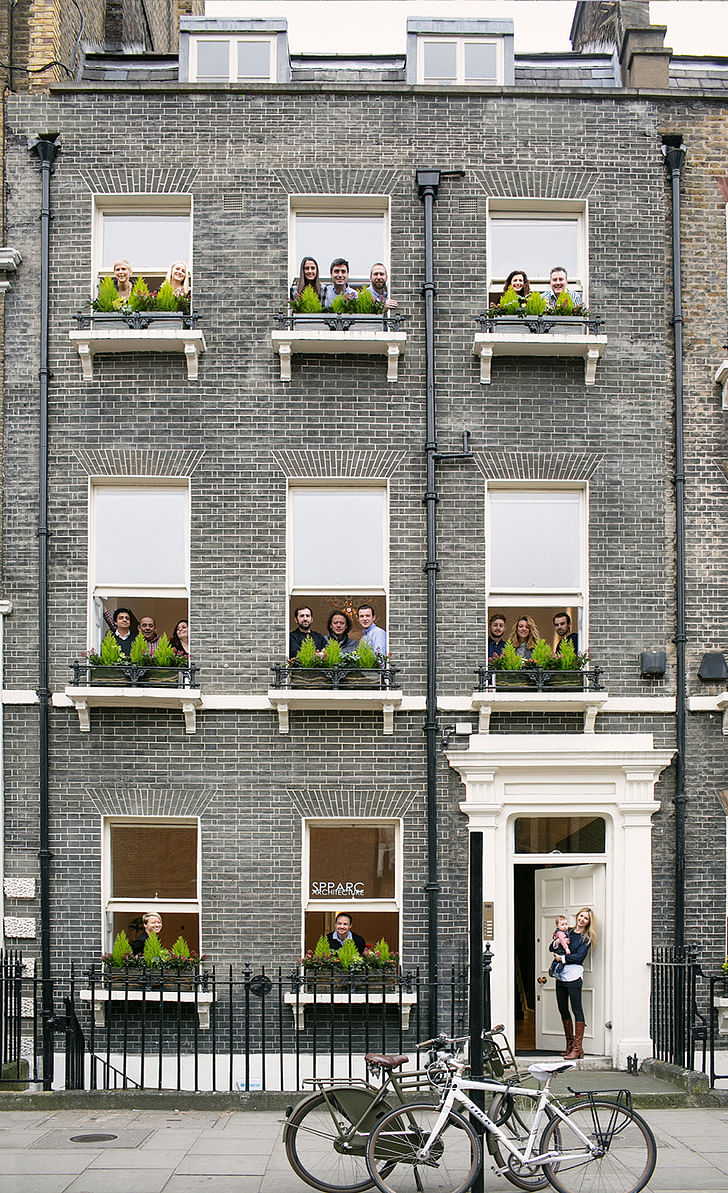
Ellen Hancock studied Fine Art and History of Art at The University of Leeds and Sculpture at Mimar Sinan Fine Arts University in Istanbul.Now based in London she has a keen interest in travel, literature, interactive art and social architecture.
No Comments
Block this user
Are you sure you want to block this user and hide all related comments throughout the site?
Archinect
This is your first comment on Archinect. Your comment will be visible once approved.